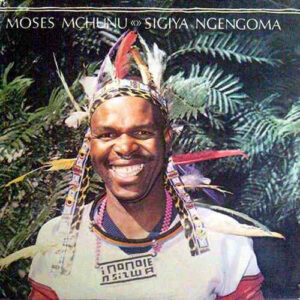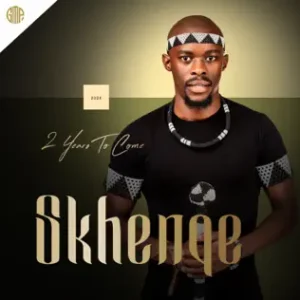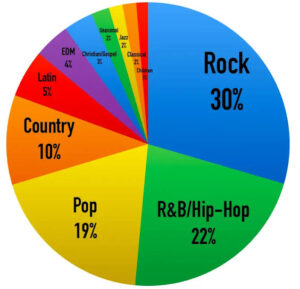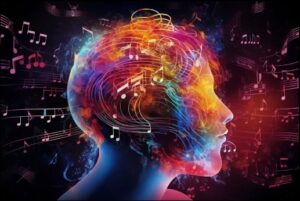
Maskandi fusion means blending of traditional maskandi music with elements from other genres, such as:
Rock: Incorporating electric instruments, driving rhythms, and energetic beats
Hip-Hop/Rap: Adding rhythmic speech, electronic beats, and modern production techniques
Pop: Infusing catchy melodies, harmonies, and contemporary production styles
Traditional South African genres: Combining maskandi with other indigenous styles, like mbube, isicathamiya, or Afro-jazz
Electronic/Dance music: Integrating synthesizers, drum machines, and digital production techniques
Jazz: Incorporating improvisational elements, complex harmonies, and jazz instrumentation
Gospel: Blending maskandi with Christian music elements, harmonies, and themes
Maskandi fusion creates a unique sound that:
– Appeals to a broader audience
– Refreshes the traditional maskandi sound
– Showcases the genre’s versatility
– Preserves maskandi’s cultural heritage while embracing innovation
By fusing maskandi with other styles, artists can:
– Experiment with new sounds and techniques
– Reach new listeners and fans
– Create a modern, contemporary sound
– Pay homage to their roots while pushing boundaries
Maskandi fusion is an exciting development in South African music, offering a fresh perspective on a beloved traditional genre.
Maskandi’s Fusion with Other Genres: A Sound of Innovation
Maskandi, a traditional Zulu music genre, has undergone a remarkable transformation in recent years. Its unique sound, characterized by soulful vocals, poetic lyrics, and distinctive instrumentation, has been infused with elements from other genres, giving birth to a refreshing and innovative sound.
Maskandi-Rock Fusion
In the early 2000s, maskandi musicians began experimenting with rock influences, creating a high-energy sound that appealed to a broader audience. Bands like Abafana Baseqhudeni and Qadasi incorporated electric guitars, drums, and bass into their music, while maintaining the traditional maskandi spirit.
Maskandi-Hip Hop Collaboration
The fusion of maskandi with hip-hop has produced some exciting results. Artists like Moonchild Sanelly and The Lowkeys have blended maskandi’s storytelling with hip-hop’s rhythmic beats, creating a unique sound that resonates with younger generations.
Maskandi-Pop Crossover
Maskandi’s fusion with pop music has led to the creation of catchy, upbeat tracks that showcase the genre’s versatility. Musicians like Sun-EL Musician and Sino Msolo have incorporated maskandi elements into their pop sound, resulting in hits that dominate South African airwaves.
Maskandi-Traditional Fusion
Some artists have chosen to blend maskandi with other traditional South African genres, such as mbube and isicathamiya. This fusion has resulted in a rich, layered sound that celebrates the country’s musical heritage. Groups like The Soil and Amadodana Ase Wesile have successfully merged these styles, creating a unique sound that honors tradition while embracing innovation.
The Future of Maskandi Fusion
As maskandi continues to evolve, it’s likely that we’ll see even more exciting fusions with other genres. With its rich cultural heritage and adaptability, maskandi is poised to remain a vital part of South Africa’s musical landscape, pushing boundaries and inspiring new generations of musicians and fans alike.
As maskandi continues to evolve, we can expect to see:
1. New genre-bending collaborations: Maskandi artists experimenting with genres like electronic, R&B, or even classical music, creating unique sounds that appeal to diverse audiences.
2. Incorporation of modern production techniques: Producers incorporating cutting-edge technology, like AI-generated beats or virtual instruments, to enhance maskandi’s distinctive sound.
3. Fusion with international styles: Maskandi artists drawing inspiration from global genres, such as Latin American rhythms, Asian instrumentation, or American folk, to create a distinctive Afro-global sound.
4. Rise of new sub-genres: The emergence of new sub-genres, like “maskandi-trap” or “maskandi-EDM,” as artists push the boundaries of traditional maskandi.
5. Increased global recognition: Maskandi’s adaptability and fusion with other genres will likely lead to greater international recognition, collaborations, and performances on global stages.
6. Inspiring new generations: Maskandi’s evolution will attract younger musicians and fans, ensuring the genre’s continued relevance and vitality.
7. Cultural exchange and storytelling: Maskandi’s fusion with other genres will facilitate cultural exchange, allowing artists to share stories, traditions, and experiences, promoting cross-cultural understanding and appreciation.
8. Innovative instrumentation: Experimentation with new instruments, like electronic masks or digital guitars, to create fresh sounds while maintaining maskandi’s distinctive instrumental flavor.
9. Maskandi’s influence on other genres: As maskandi fuses with other genres, it will also influence and shape the sound of those genres, creating a ripple effect in the music landscape.
10. Preserving heritage while embracing innovation: Throughout its evolution, maskandi will continue to honor its rich cultural heritage while embracing innovation, ensuring its continued relevance and importance in South Africa’s musical identity.
By embracing change and fusion, maskandi will remain a vibrant, dynamic, and essential part of South Africa’s musical fabric, inspiring new generations and audiences worldwide.






I enjoyed reading this.. thanks alot
Please write more
Thanks for your time.
We are looking for to serve you better 💯